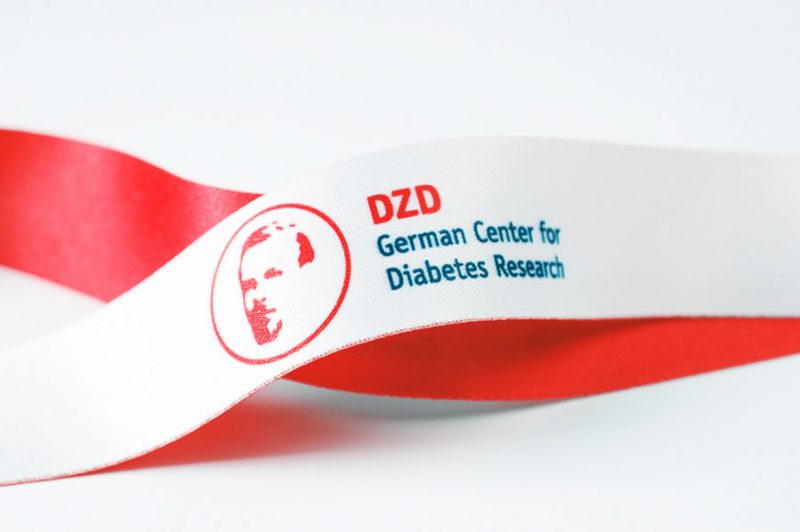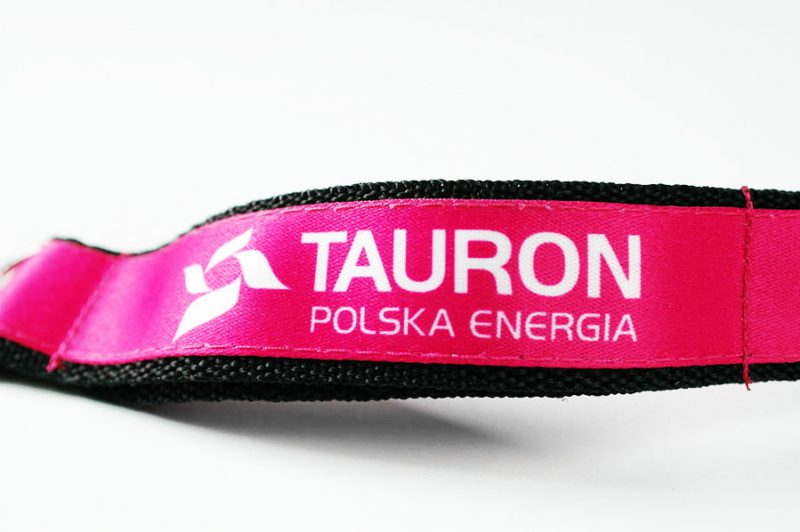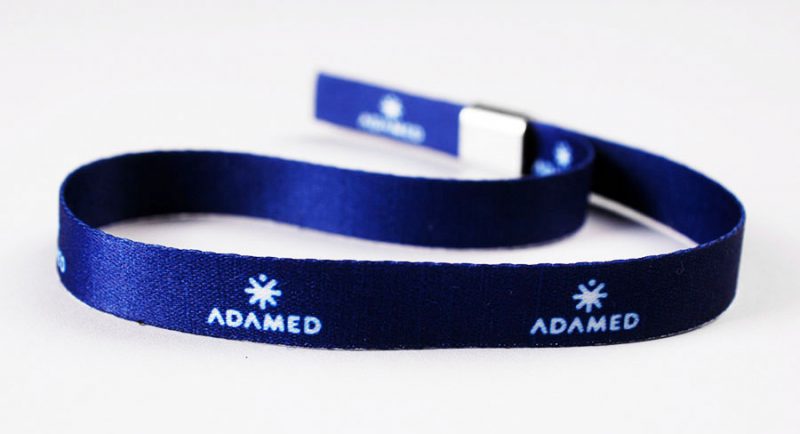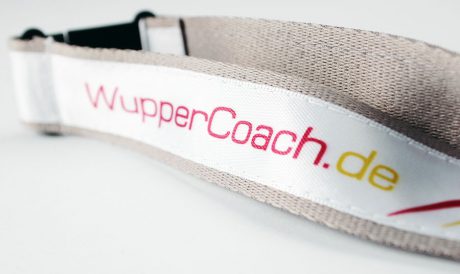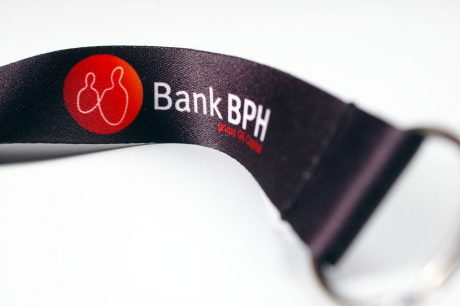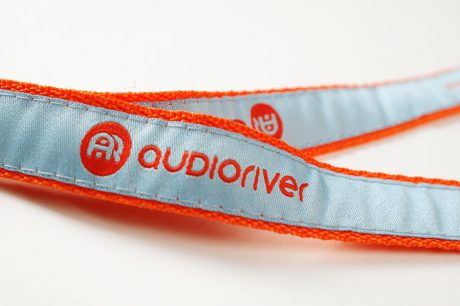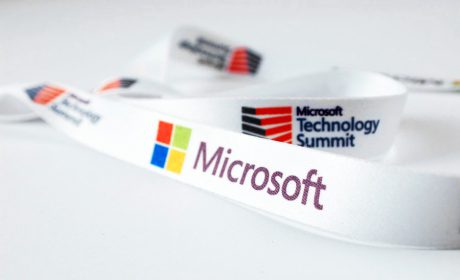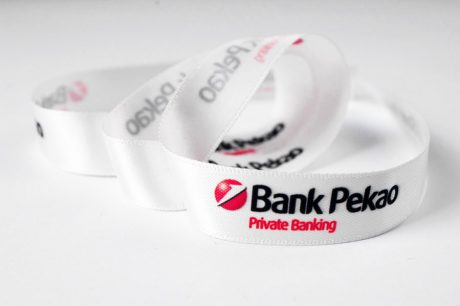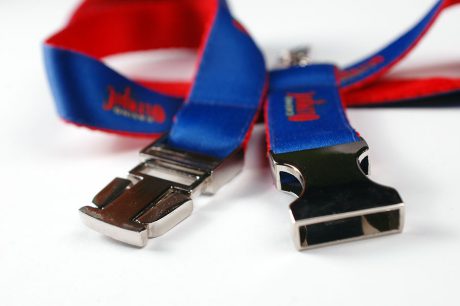They suddenly appeared in the world of promotional gadgets and are now its essential part. They can be found at all kinds of parties, concerts and conferences. Thick, thin, with hem, made of latex ? they appear in many forms and different variations. Today, they are indispensable as a means of graphical identification of companies and events.
Why do we need them for anyway?
Lanyards, which by the way are the topic here, have all but replaced ID badges, pinned in place using clothespins or safety pins. These unassuming strips of fabric, on which you can print a logo or other important information, turned out to be much more comfortable and safer for clothes. However, the sheer amount of variations often makes it impossible to pick a specific type of lanyard and a printing method, with which to apply the branding.
First of all, we have to think about where and how do we want them to be used. A punk rock concert, a business conference and an event at a water park will all require different products. Of course, the amount of money we’re willing to spend on lanyards remains an important factor. The better the craftsmanship, the higher the chance the lanyard will remain useful long after our event. Speaking from experience, investing in high quality lanyards as well as special ones is something worth considering. Gone are the days, when a lot of people wore them as part of their wardrobe. Today, their function is much more practical, as long as they are actually able to perform it (i.e. won’t fall apart after a moment nor look old enough to be mistaken for family heirloom passed down from generation to generation).
Fabric lanyards
Fabric lanyards are the most popular and universal. Usually made of cotton, plastics or a combination of the two. They are found in different shapes and configurations.
Because the printing area is relatively small, the sublimation method is your best bet. It requires using an artificial material. This is why it is mainly used on polyester lanyards or the ones with a strip of polyester already sewn in. Just like on the photo below:
Recently, oval lanyards came into fashion. They are much more comfortable to wear, because they don’t have hard edges and thus won’t hurt you. These are usually branded using embroidery due to the small area, on which the print can be applied. Also, the embroidery makes the lanyard more attractive and durable.
Latex lanyards
Sometimes special lanyards for special assignments are needed. If they are to be used in places, where traditional fabric lanyards could easily be destroyed or get wet, latex lanyards are the way to go. This type of product is branded using the pad printing method. It allows for the design to be precisely mapped; on the flip side however gradients are not available and the number of colours is limited.
Special lanyards
Lanyards do not necessarily have to be worn around the neck. A popular variant of the traditional lanyard (especially during various concerts) is the tie band, which you wear on your arm. As was the case with the variations mentioned earlier, branding is mainly done using the sublimation method. Pad printing is used with the latex version, however tie bands made of artificial or natural fabrics are much more comfortable to wear.
As you can see, investing in lanyards and similar items still makes sense. If done properly with attention to design and production, they will bring joy to all who receive them. They will help make people aware of your products and support your already established brand.
If you have questions, contact us and we will let you know, how to act in your particular situation. We carried out printing for different brands and created them ourselves, which is why we can suggest various methods and find the most appropriate solution for you.

